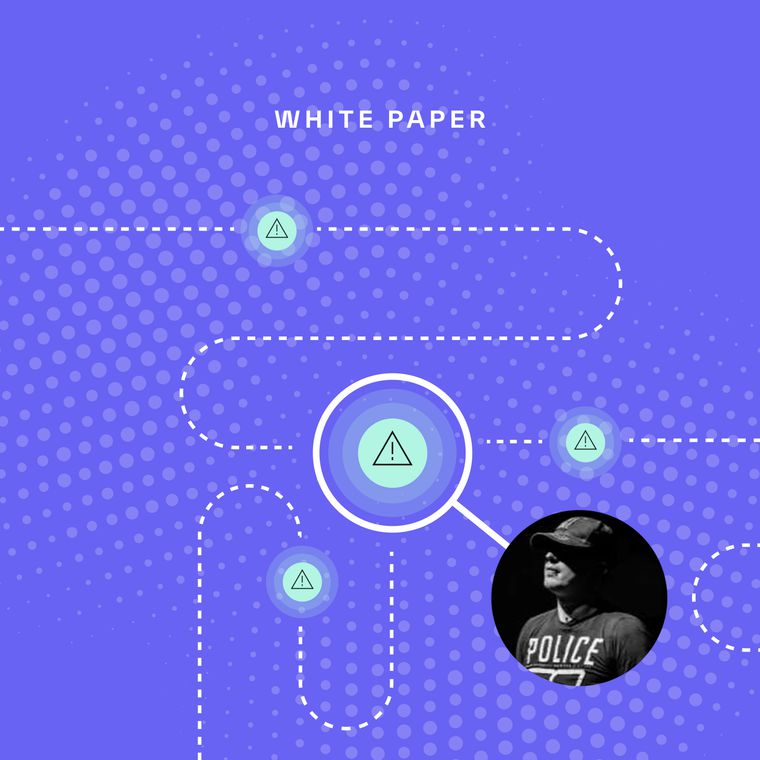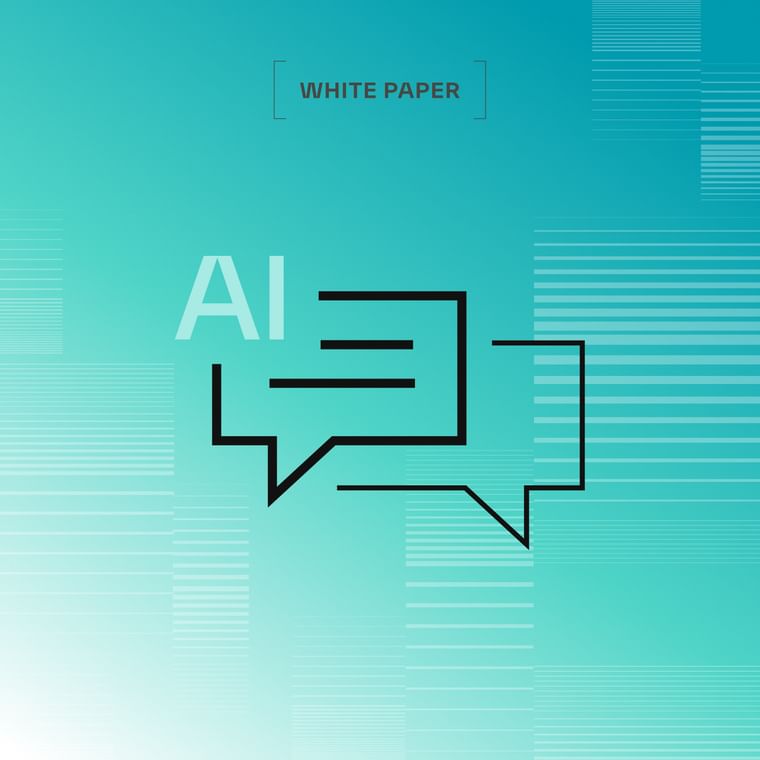Turing Test
The Turing Test is a benchmark for evaluating a machine’s ability to exhibit intelligent behavior indistinguishable from that of a human. Proposed by Alan Turing in 1950, the test assesses whether an AI can convincingly mimic human conversation in a blind evaluation.
What is the Turing Test?
The Turing Test is a foundational concept in artificial intelligence (AI), designed to measure a machine's ability to exhibit human-like intelligence. In a standard Turing Test, a human evaluator engages in text-based conversations with both an AI system and another human without knowing which is which. If the evaluator cannot reliably distinguish between the two, the AI is considered to have passed the test.
Key Principles of the Turing Test
Imitation of Human Intelligence: AI must respond in a way that is indistinguishable from a human.
Natural Language Processing (NLP): The test typically involves written communication, requiring the AI to understand and generate human language.
Deception & Realism: A successful AI must convincingly mimic human reasoning, emotion, and spontaneity.
Blind Evaluation: The human judge interacts with the AI and a real person without knowing their identities.
How Does the Turing Test Apply to AI and Cybersecurity?
While the Turing Test primarily evaluates AI’s conversational capabilities, it also has implications in cybersecurity, particularly in:
AI-Powered Social Engineering Attacks: Cybercriminals use AI-driven chatbots to conduct phishing and impersonation scams.
Automated Threat Detection: Security AI must differentiate between real user behavior and malicious AI-generated interactions.
AI-Driven Email Filtering: Advanced AI security models use Turing Test-like evaluation to detect automated phishing attempts.
Challenges of the Turing Test
Subjectivity: Different evaluators may have varying perceptions of what constitutes “human-like” intelligence.
Evolving AI Models: Some AI systems, like large language models (LLMs), can convincingly pass parts of the test but still lack true understanding.
Security Risks: AI-generated content that passes the Turing Test can be weaponized for fraud, deepfakes, and misinformation.
The Turing Test remains a critical concept in AI research, shaping how machines interact with humans and how cybersecurity systems defend against AI-driven threats. As AI continues to evolve, the line between human and machine intelligence becomes increasingly blurred, making robust security measures more important than ever.
FAQs
- Has any AI fully passed the Turing Test?
While some AI models have fooled human judges in limited cases, no AI has consistently passed the Turing Test under strict conditions. - Is the Turing Test still relevant today?
Yes, but modern AI evaluation also considers factors like comprehension, reasoning, and ethical decision-making, beyond just conversational mimicry. - How does the Turing Test relate to cybersecurity?
Cybercriminals use AI-generated phishing and social engineering tactics that attempt to pass the Turing Test, making AI-driven security essential for defense.


